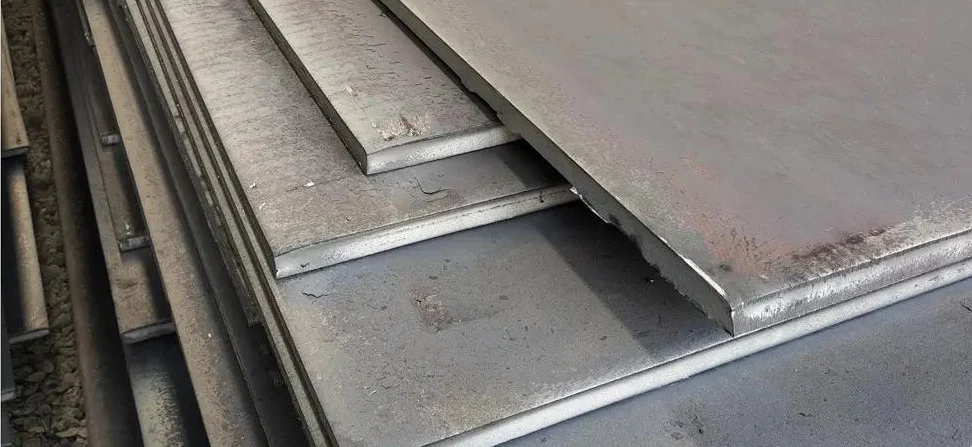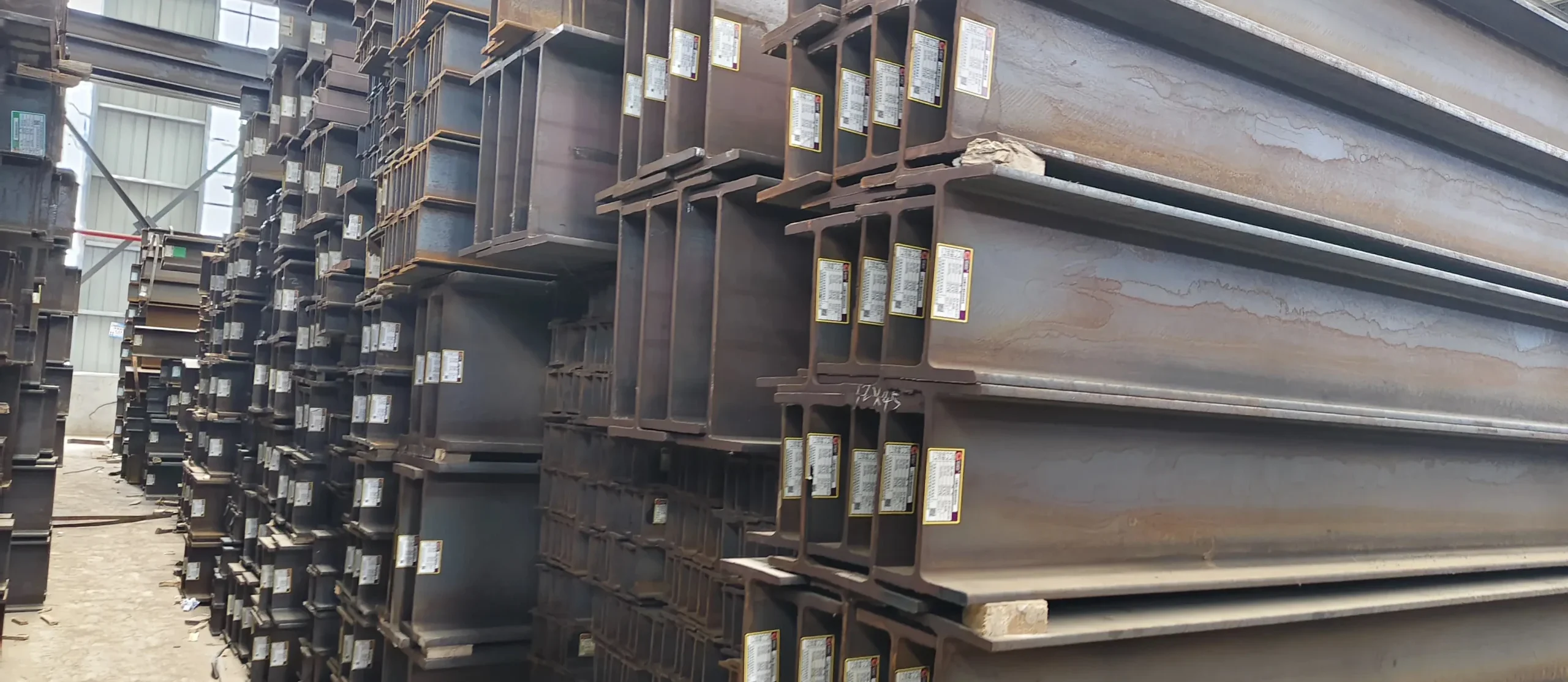Advantages And Disadvantages Of Adding Titanium In Austenitic Stainless Steel
When chromium-nickel austenitic stainless steel is heated to a temperature range of 450-800 ° C, intergranular corrosion often occurs, but the addition of titanium will improve this situation, but is this good or bad?
Intergranular corrosion is actually caused by the precipitation of carbon from the saturated austenitic metallurgical structure in the form of Cr23C6, which causes the austenite structure at the grain boundary to be depleted in chromium. Therefore, avoiding chromium deficiency at the grain boundary is an effective way to prevent intergranular corrosion.
The elements in the stainless steel are ordered according to the degree of carbon affinity, in the order of titanium, tantalum, molybdenum, chromium and manganese. It can be seen that the affinity of titanium and carbon is greater than that of chromium. When titanium is added to steel, carbon preferentially combines with titanium to form titanium carbide, which can effectively prevent the formation of chromium carbide and precipitation to form a grain boundary which is poor in chromium. Can effectively prevent intergranular corrosion.
Since titanium and nitrogen can combine to form titanium nitride, titanium and oxygen can be combined to form titanium dioxide, so the amount of titanium added is limited. In order to avoid intergranular corrosion in actual stainless steel production, the amount of titanium added is mainly about 0.8%.
In order to avoid intergranular corrosion, the titanium-containing stainless steel must be stabilized after solution treatment. After the solution treatment, the austenitic stainless steel obtains a single-phase austenite structure, but the state of this structure is not stable. When the temperature is raised to more than 450 ° C, the carbon in the solid solution gradually precipitates in the form of carbide, of which Cr23C6 The formation temperature is 650 ° C, and 900 ° C is the TiC formation temperature. To avoid intergranular corrosion, it is necessary to reduce the Cr23C6 content and allow the carbide to exist completely in the form of TiC.
Since the carbide stability of titanium is higher than that of chromium, when the stainless steel is heated above 700 ° C, the carbide of chromium begins to transform into the carbide of titanium. Stabilization is to heat the stainless steel to 850-930 ° C for 1 hour. At this time, the chromium carbide will completely decompose to form stable gray or black titanium carbide, and the resistance of the stainless steel to intergranular corrosion is optimized. In addition, titanium is added to the stainless steel to precipitate Fe2Ti intermetallic compounds under certain conditions to improve the high temperature strength of the stainless steel.
Disadvantages:
Titanium is also not completely harmless in stainless steel, and sometimes titanium can also jeopardize the performance of stainless steel. For example, there are easily inclusions such as TiO2 and TiN, and their content is high and unevenly distributed, which reduces the purity of stainless steel to some extent; it also makes the surface quality of stainless steel ingots worse, resulting in an increase in the amount of process grinding, which is easy. It causes waste; the polishing performance of the finished product is not very good, and the processing of high-precision surfaces is very difficult.
The article edited by duplex 2205 pipe kaysuns




